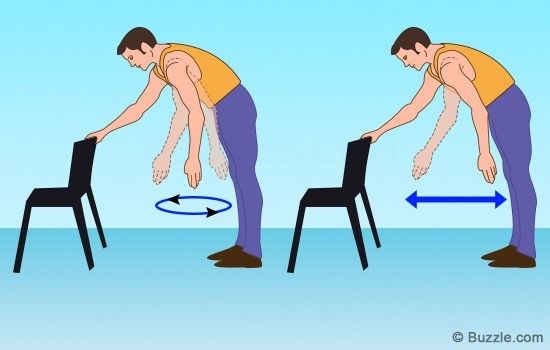
Henry Hung, MS, DPT candidate, CSCS, FRC 物理治療系學生/運動傷害患者 教練/運動員 運動與復康本為同源,希望透過分享運動科學和復康知識,提高大眾認知 逢星期三 – 復康 逢星期六 – 運動科學
Shoulder pain in middle age equals "fifty shoulders"? Five minutes to teach you to soothe the impact of shoulder condensation
Last week , I shared with you how to separate the causes of shoulder pain from other shoulder pain. Today, I will continue to share the rehabilitation exercises and experience about shoulder pain. Congealed shoulder, also commonly known as "fifty shoulders" and "periarthritis of the shoulder", is a common symptom of pain in the shoulder area and limited range of motion. Compared with other cases of shoulder pain, the biggest feature of shoulder congealing lies in its stages, which can be simply divided into two stages - the first stage (pain is greater than stiffness) and the second stage (stiffness is greater than pain). The rehabilitation process is also different :
Related article: Shoulder pain in middle age equals "fifty shoulders"? Five minutes to teach you to separate shoulder pain and other causes of shoulder pain
Stage 1: Pain is greater than stiffness
This stage lasts for about 6-24 weeks, and patients usually experience pain near the shoulders and a slight limitation of range of motion. The following points are worth noting about the recovery process at this time:
Unfortunately, studies (Cochrane Review, 2010 and 2014) point out that there is currently no conclusive evidence that manual therapy and rehabilitation exercises are helpful for early shoulder rehabilitation. The study concluded that since shoulder condensate originates from the contraction of the anterior and lower edges of the shoulder capsule, if manual or high-intensity rehabilitation exercises are used to relax the shoulder joint, it may aggravate the pain of the patient.
Therefore, pain relief should be the goal at this stage, and heat or cold compresses may be considered, or referral to a family doctor about the use of Non-steroidal Anti-Inflammatory Drugs (Non-steroidal Anti-Inflammatory Drugs) and pain relievers may be considered. Simple pendulum exercises (Pendulum Exercises) also help the shoulder joint maintain a certain range of motion and reduce joint stiffness.

In addition, common surgical methods include
- Steroid injection into the shoulder capsule
- Expand and contract the shoulder joint capsule with normal saline
- Manually move the joint under anesthesia
- Shoulder arthroscopy to remove part of the shoulder capsule
Empirical evidence (Lewis, 2015) pointed out that the first two can help reduce pain in the short term and improve the range of motion and function of the shoulder joint. However, surgery involves risks, and it is advisable to consult with your doctor before making a decision. The latter two are more controversial and lack empirical research support for the time being. At the same time, they have a greater chance of causing various surgical traumas, such as shoulder joint bleeding, rotator cuff muscle and shoulder cartilage ring injuries, etc., with higher risks.
Stage 2: Stiffness is greater than pain
After an average of 24 weeks from the onset of the disease, patients usually feel that the pain around the shoulder subsides, instead of a stiffness in the joint, and the range of motion of the shoulder is significantly limited. At this stage, research reports (Jain and Sharma, 2014) have shown that physical therapy and rehabilitation exercises can be of great help in reducing pain and restoring shoulder range of motion and function. Here are two stretches to help relax shoulder muscles and reduce joint stiffness!
Sleeper Stretch

Subscapularis Stretch

It's almost time. More information on rehab will be shared next Wednesday.
If you think my content helps you learn more about scientifically proven rehabilitation and exercise, please share it with your friends and family, and follow me on Facebook and Instagram!
Facebook: https://www.facebook.com/H2PerformanceLab
Instagram: www.instagram.com/h2performancelab
Matters: https://matters.news/@h2performance
Or join Likecoin and become a Liker! Press the Appreciation button below! Each of your free likes and supports will bring me a meager income as the cost and motivation of operating the platform!
Like my work?
Don't forget to support or like, so I know you are with me..
Comment…